When it comes to day hiking, day hike gear and equipment is a big concern for hikers. This is because we all face a dilemma. What dilemma? Let’s look at the scenario below……
When hiking, you may encounter quite a number of hikers. You see some of them look very “well-equipped” and some of them look so “casual”. And, some of them carry a big bag while some of them carry a small bag.
You may be wondering why there is a big difference.
“Am I wearing the right outfit? Am I bringing too much / too few equipment?” – You may think.
To me, there is no right or wrong answer. It all depends on what you think you need to bring for a day hike.
Monsoon Forest Day Hike
Generally, the hiking gears and equipment (I would call them as “items”) vary according to the types of hiking, such as day hike, camping, trekking, etc.
For this purpose, I would like to share those items relevant for monsoon forest day hike.
Also, I will broadly classify the items into 4 categories, which are Essential, Optional, Conditional, and Additional.
Essential Day Hike Gear
To me, essential items are necessary items with no exception.
Day pack
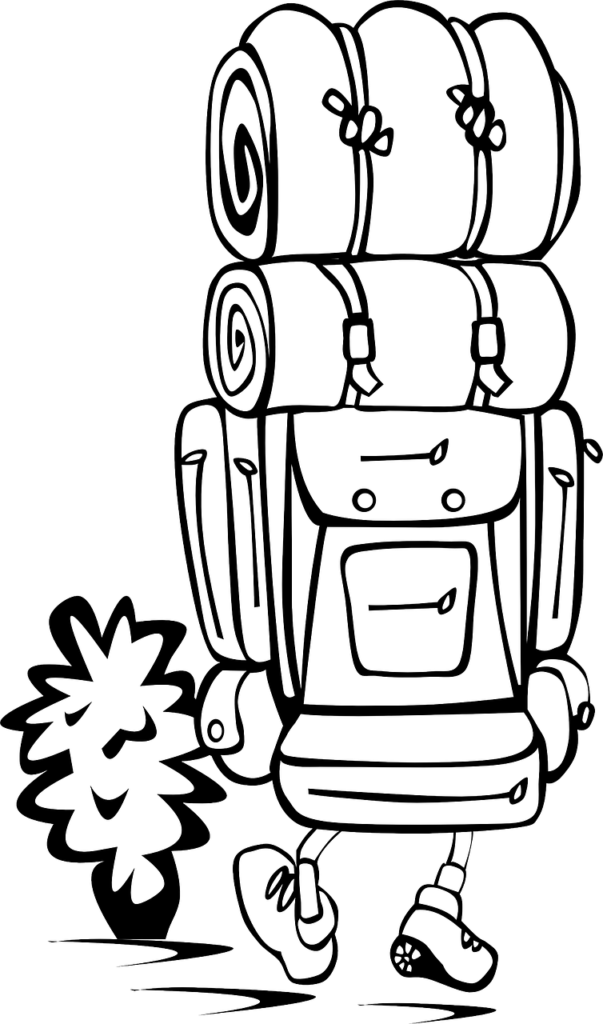
I want to stress that day pack is the back bone of day hike, even before you consider what to bring on your day hike.
How big should be your day pack? – It depends, as long as the essential items below (except clothing and hiking shoes) can fit in your day pack.
“Pack as light as you can!” – Because you don’t want this to be your burden on your day hike.
My day pack is 20 Litre and usually it has much more spaces left in my day pack. I truly believe a smaller size day pack is more suitable for me.
Check out this link as it has detailed suggestion on how to choose a right day pack for you.
Clothing
My advice: “do NOT wear cotton material clothing for hiking!”
Cotton absorbs sweats very effectively but the drying sucks! This means, cotton traps sweats and your clothes become “heavier” and is a bacteria breeding ground. – You definitely can smell it.
Clothes
Basically, any sport wear with material like polyester or nylon is suitable for hiking because of the capacity to absorb and dry your sweat effectively
Pants
Similar to clothes, you can either choose to wear long and short pants, depending on your comfort.
Personally, I prefer to wear short pants because is more comfortable and not as warm as wearing long pants – wearing long pants in monsoon forest makes me even warmer (and more sweat, of course).
But, in some occasions, you may need to wear long pants like those areas with a lot of mosquitoes and leeches! – You don’t want to get bitten by them, aren’t you?
Hiking shoes
Another advice: “do NOT wear sport shoes or leisure shoes for hiking!”
Because they are NOT designed for hiking!
Take a look at the sole of hiking shoes and compare with your shoes, I believe you can spot the difference.
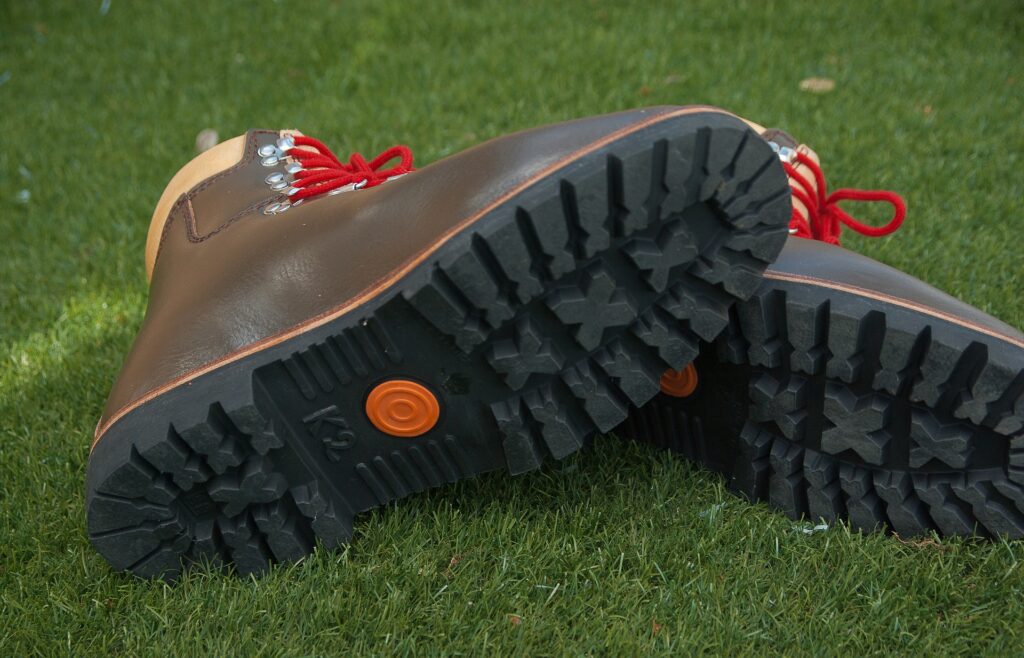
Hiking shoes are designed to accommodate to the trail condition, whether is dry or sloppy, so you won’t be slipping easily. – This is for your safety.
I had seen many hikers wearing sport shoes while hiking. Maybe they thought this didn’t matter, but this really bothered me.
In the market, there are two types of hiking shoes.
Hiking boots
Thicker and heavier, but more durable and better stability than trail runners. Usually, are waterproof.
Trail runners
Lighter and better mobility than hiking boots. This is also a MUST when it comes to trail running, as the name suggests.
Personally, I prefer trail runners than hiking boots because of its mobility.
Well, maybe you prefer hiking boots?
Water bladder / water bottle
Either one is fine, as the purpose is to hydrate yourself on your day hike.
However, I suggest having water bladder (some called it “hydration reservoir”) instead of water bottle.
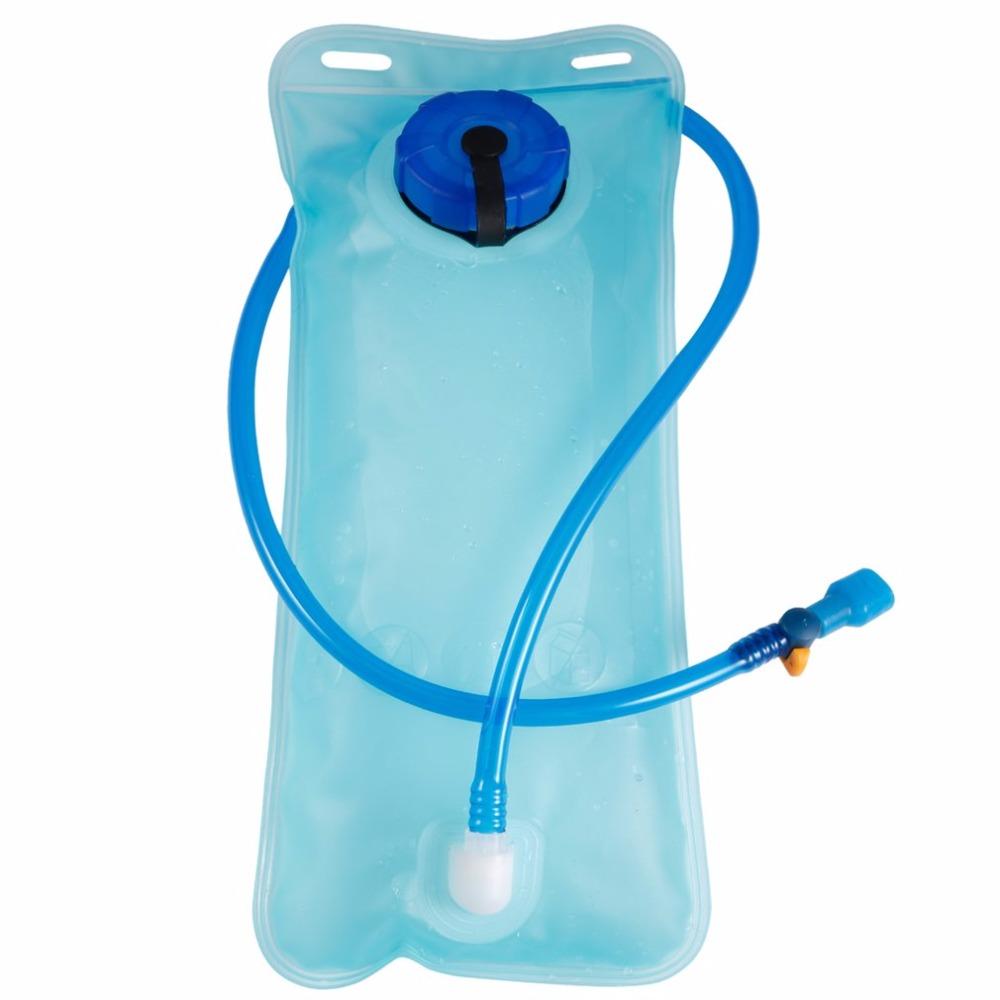
Because,
- Water bladder has better weight distribution. If you carry water bottle, the weight is lopsided on one side and is extremely uncomfortable for hiking.
- Water bladder comes with a hose, so you can drink water without opening your day pack.
First aid kit and safety items
This one may be overlooked, but it becomes useful when unexpected things happen.
The following first aid kit and safety items are necessary as part of your day hike gear:
- Antiseptic wipe / alcohol
- Bandage
- Muscle cramp spray
- Whistle
- Lighter
Muscle cramp is very common on a day hike, so the spray can be useful to relief muscle cramp.
You can also customize your first aid kit and safety items list for you day hike.
Smart phone
I’m pretty sure you won’t forget to bring this to your day hike.
Basically, here are the reasons:
Take pictures
You’re right. Who doesn’t like to take pictures and post them on social media?
Act as navigation tool
Unless you want to use compass or map. You can even download compass app to your smart phone.
When it comes to hiking, most of the time you are unable to use GPS because data coverage is not available. So, download offline hiking apps and learn how to navigate.
Sometimes, you are able to use GPS while hiking if data coverage is available. Then, you can just simply use Google Map if you need it.
Emergency call
Let’s say you are lost in a forest (hope not!), you could make an emergency call to ask for help if network access is available, or activate the emergency SOS beacon.
Extra clothing
Ok, the purpose of bring extra clothing is to change your clothes after hiking.
By all means the type of extra clothing that you want to bring, even for cotton clothing.
Just need to put inside your car while you go for hiking.
However, if you plan to go for a waterfall or river and you want to play water or whatever, then you may need to bring extra clothing with you (same fabric as your hiking clothing, of course).
Snacks
When you have prepared all the essential things above, don’t forget your stomach!
Hiking without energy is the worst feeling ever! Literally!
Snacks are crucial especially you have a longgggg day hike! Well, even for a short day hike like 1 or 2 hours, I will also bring some snacks, just in case.
Some snacks that you could bring:
- Energy bar
- Bread
- Biscuit / cookies
- Rice ball
- Energy gel / isotonic drinks
Optional Day Hike Gear
In this category, it is up to you whether you want to bring these items on any day hike or not. You may bring these items as you may feel you need these on your day hike.
Hat
Personally, I like to wear a hat on day hikes because
- To protect myself from the sun
- To protect my head from injury when hitting fallen trees or tree branches. If you happen to hike in monsoon forests, you will notice fallen trees or tree branches are very common. – I couldn’t count how many times my hat protected my head from injury for this.
Bandana
To keep your hair and your eyes dry from sweating.
But, I am not a fan of bandana for hiking nor could I see many hikers wearing bandana.
Sun glasses
Ok, self-explanatory.
But, I do NOT like to wear sunglasses while hiking, even on a glaring and bright sunny day! Since I wear hat and this sorta protects my eyes as well, I don’t think wearing sunglasses is necessary.
Don’t get me wrong, this is just my opinion and you may TOTALLY disagree with me.
Go for it if you wanna look cool on your day hike but I can assure you NOBODY cares how you look. – Haha!
Zip lock
Basically, it is a transparent sealable plastic bag.

This is really useful because you can put those things inside the zip lock:
- Car key
- Watch
- Wallet
- Phone
You could also have a specific zip lock to put in your first aid items.
Also, you will appreciate having zip lock when it is raining or crossing river on your day hike. This tiny thing can protect your items from being wet or soaked.
Trekking poles
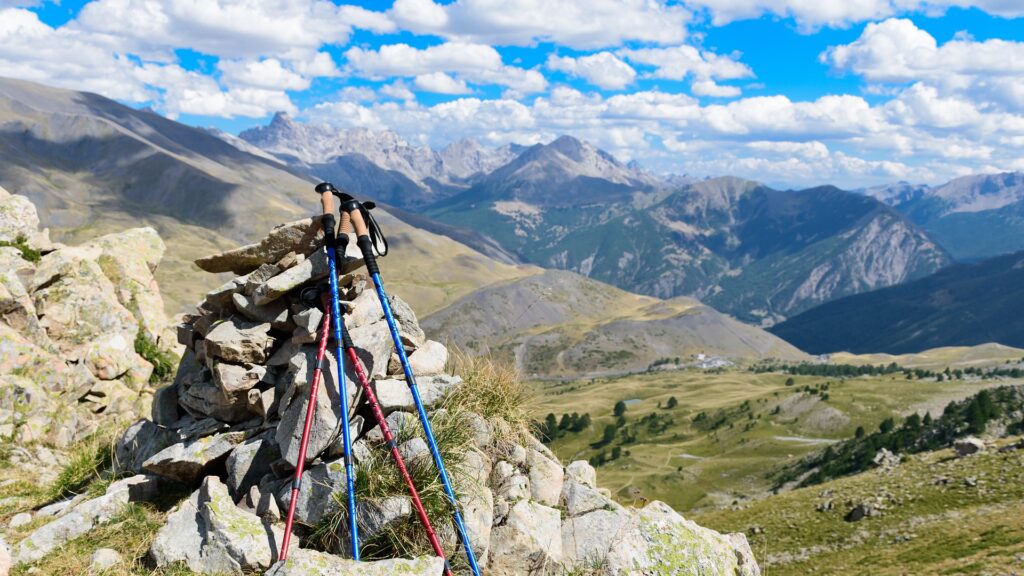
Besides the essential items above, trekking poles are considered the most common items when it comes to day hiking.
Because, they help hikers protect their knees and support they body weight. – Quite useful actually.
Although I appreciate the purpose of having trekking poles, I rarely use them because they compromise my mobility, especially descending.
But, I must admit I make exception on this.
On my Mount Kinabalu hike, I refused to use trekking poles. I thought it was just fine and I could carry my 10kg backpack to hike to Laban Rata (so called “base camp of Mount Kinabalu”) WITHOUT trekking poles. – Yes, I had an ego here.
I did it. But I had used up extra energy. And because the altitude of Laban Rata is around 3,000 meter, my legs and energy recovery were very slow.
The next day, the summit hike, was my disaster! My legs were so exhausted and I had to “force” myself to move every step. My legs turned JELLY.
Thank goodness, I reached the summit eventually. But I think my experience would be much better if I used trekking poles. – Ok, lesson learned!
So, what do you think?
Folding knife
I must confess: I never brought a knife on my day hike. In fact, I didn’t know the purpose of having a knife on any of my day hikes.
But, when I did a quick research, I realized quite a number of hikers like to bring a knife for their hikes. So, I think is a good item to be considered for your attention as well.
The purposes of having a knife when backpacking include gear repairing, splitting wood, opening packages, cutting ropes, cooking, filleting, etc.
Although this is for backpacking and camping, I think it is good to bring a knife for your day hike too. – Who know what will happen on your day hike?
So, folding knife comes to my find because of its relative small size.
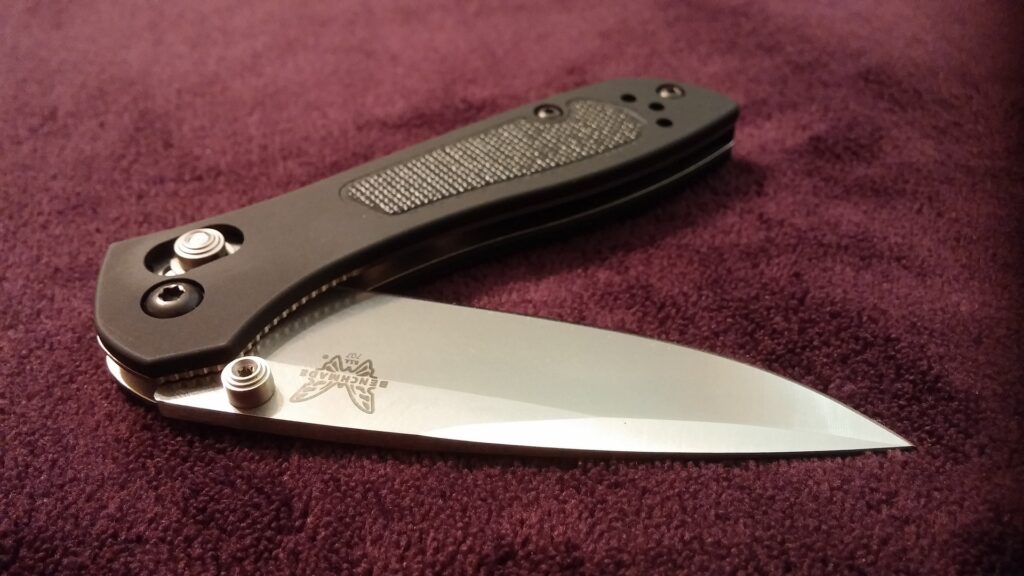
BUT, one interest thing that I found out is whether it is legal to bring a knife for hiking or not.
This article gave me an insight bringing a knife for hiking might be illegal, subject to the country’s laws and regulations.
You may need to be aware of this when it comes to deciding whether you could bring this for your day hike or not.
Smart watch
If you want a more advanced navigation tool than a smartphone, compass or a map, this is for you.
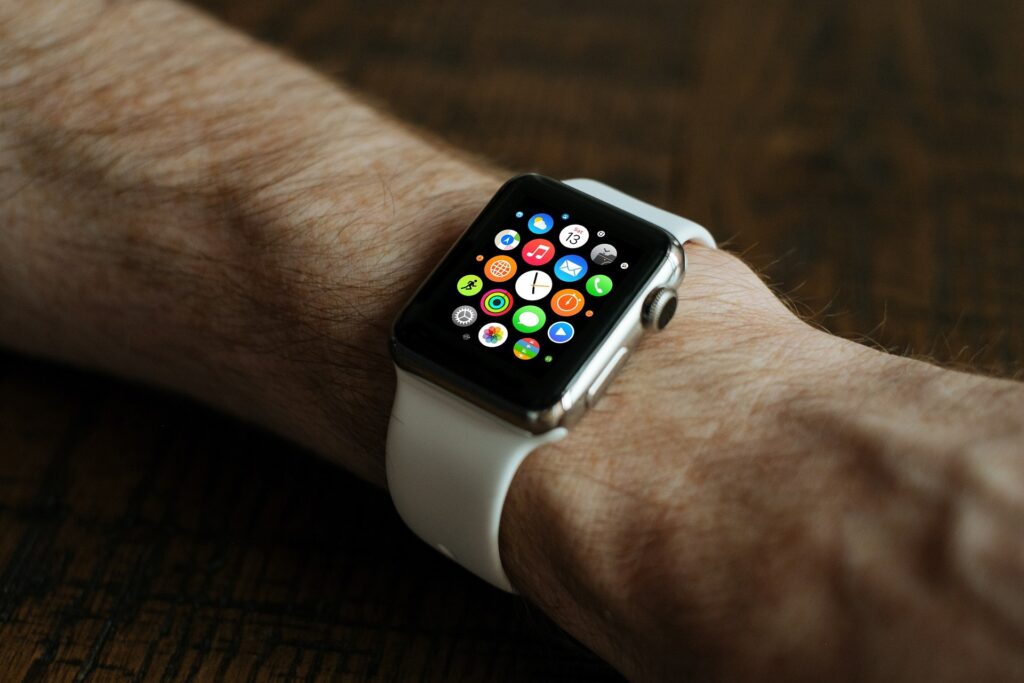
A good smart watch should have the necessary functions, such as GPS, elevation tracking, heart rate monitor, and timekeeping.
Also, smart watches are commonly used by trail runners and ultra-runners for their trainings to monitor their performance.
Conditional Day Hike Gear
In this category, you MAY only consider to bring the following items in certain situations on your day hike.
Windbreaker / rain jacket / poncho / jacket
Obviously, you want to protect yourself from windy and rainy days.
This is quite common especially when you are hiking in monsoon forest during monsoon season.
Look for waterproof jacket (NOT water-resistant) – water resistant jacket is a lower level of rain protection and you will get wet for an extended time in the rain.
To decide whether you want to bring the above to your day hike, a quick check on the weather is recommended. – However, the weather forecast is not guaranteed.
Jacket might not be necessary for a simple day hike. However, some hikers still bring jacket for their day hike, just in case they need to stay overnight in the forest to keep their body warm. – So, it is a good option to bring as part of their day hike gear.
Bug spray
Self-explanatory.
The downside is, the smell of bug spray may be unpleasant to other hikers.
Leech socks / salt
Check out this cuteeeeeeeee little creature!

Cute, right? I heard someone keep this as their pet. LOL
Ok, this is a blood-sucking creature and its active and breeding time is during the monsoon season.
Good thing is, leech bite is safe and is actually good for cleaning your blood – FYI, leeches are used for medical purpose.
But, I guess many of you get goose bumps by just looking at that picture and may even freak out when you see leech crawling up to your skin and to suck your blood.
Here comes the salt. When you see leeches crawling up, just have small grain of salt on their body before they start to bite you. – Salt kills leeches.
DO NOT put salt on their bodies WHEN they are sucking your blood! – You may get infection.
Just gently use your finger tips to remove them.
If you don’t want to kill these cute creatures, wear leech socks just like this (together with long pants)

I know right, it is so ugly. But it works!
This is to prevent leeches to have contact with your skin. Not 100% effective, but this buys your time to spot the leeches and get them away.
Sunscreen
Ok, self-explanatory as well.
Head lamp
You can bring this as part of your day hike gear list, just in case you need to stay overnight in the forest. Plus, you need this when your day hike is either one of these:
- Dawn hike to see sunrise
- Dusk hike
- Night hike
Obviously, of course you need this for backpacking and camping as well.
Additional Day Hike Gear
Only bring these items on special occasion or purpose for your day hike. Otherwise, don’t bother to bring them and put them AT HOME!
Camera, video shooter, droner
Unless you want to shoot high quality photo or make video for your day hike, I really don’t see the need to bring these to your day hike.
They are heavy!
Plus, droner makes high pitch buzzing sound and this may irritate other hikers.
Cooking tools / stove
Unless you want to cook or have a picnic on your day hike, I also don’t see the need to bring these.
Again, they are heavy!
What Are Inside Your Day Pack?

You may have decided what you want to bring for your day hike. Put them in your day pack and try to measure the weight or feel the weight on your back.
If is too heavy for you, reconsider your list and repack the items until you feel a “comfortable” weight on your back.
After all, we want to “pack light” and enjoy our day hike. Don’t let the items become our burden.
Do you have any items that you would like to share? Feel free to comment in the comment session below.
Relevant posts:
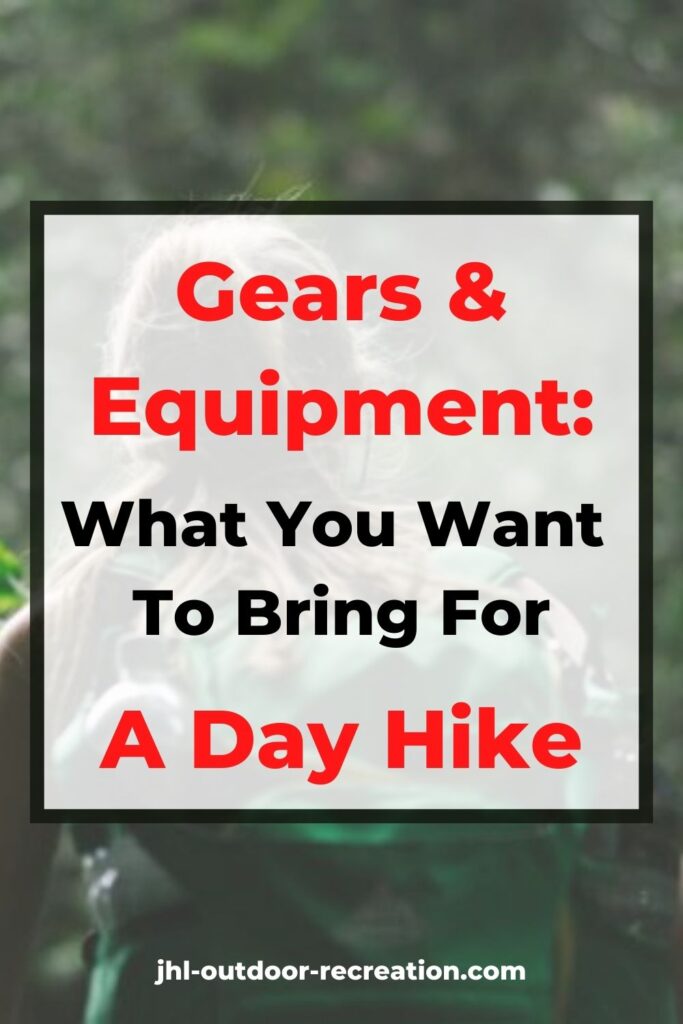
Pingback: 10 Matters on Kayaking You Should be Aware of If You Are An ABSOLUTE Beginner – John Low